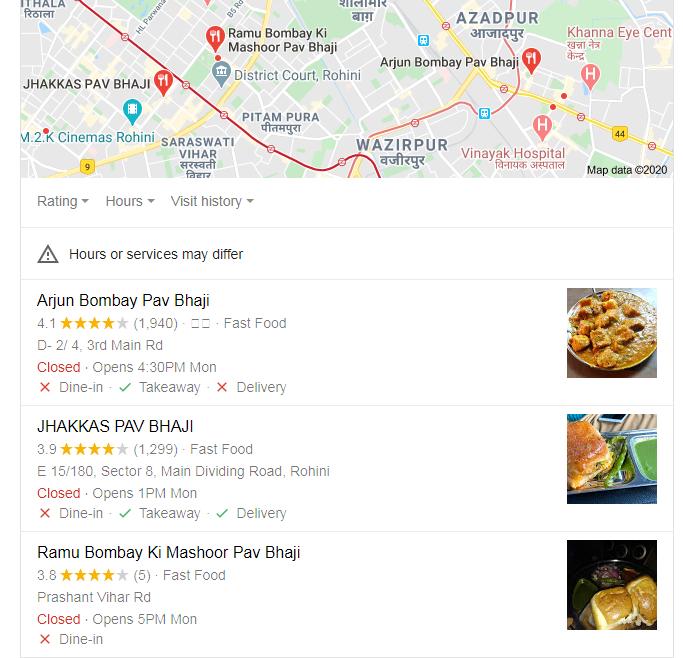First we all need to understand local seo. Lets discuss about it.
Definition of Local SEO – Local SEO is an effective way to market your business online.
Through local SEO you can drive a lead through the local area, local area means particular city, particular country particular area. From local search you can target your area audience by local seo. for ex. if you have a restaurant and in that cases usually your city people will be come to their. so you need to targeted your local area. That cases local seo will help to your business.
Uses of Local SEO – It helps business promote their products and services to local customers at the exact time they’re looking for them.
Local search is the use of specialized internet search engines that allow users to submit geographically constrained searches against a structure database of local business listings.
A search that includes a location modifier, such as address, is an explicit local search.
practically do it – Go to Google and search a product and services name which you want, Now a ma searching a recipe name that name is pavbhaji

So Now you seeing some addresses of pavjabi restaurant or shop which you provide you best pavbhaji on particular location. That is local business which google provide you. And you can find particular shop address by google business. For example if your write particular services provider name in google and google show you look like above image that google local business. for example write asha seo tips you will see in the right handed side address about her services that is Google business.
How to Add your Business in Google —-
write a Google search box ” business Google” and then click on your business on google. And Then start now and fill the all information about your business. And Always use your business address in your website if both will be same then google soonly considered your local listing on google so always it considered same address on the website every footer page.
How To Check Your Bushiness address in the Google or not
First go to google and open to moz and login and then go to moz local and click on check my business listing then write your business name and fill postal code and then click on check then you can check.